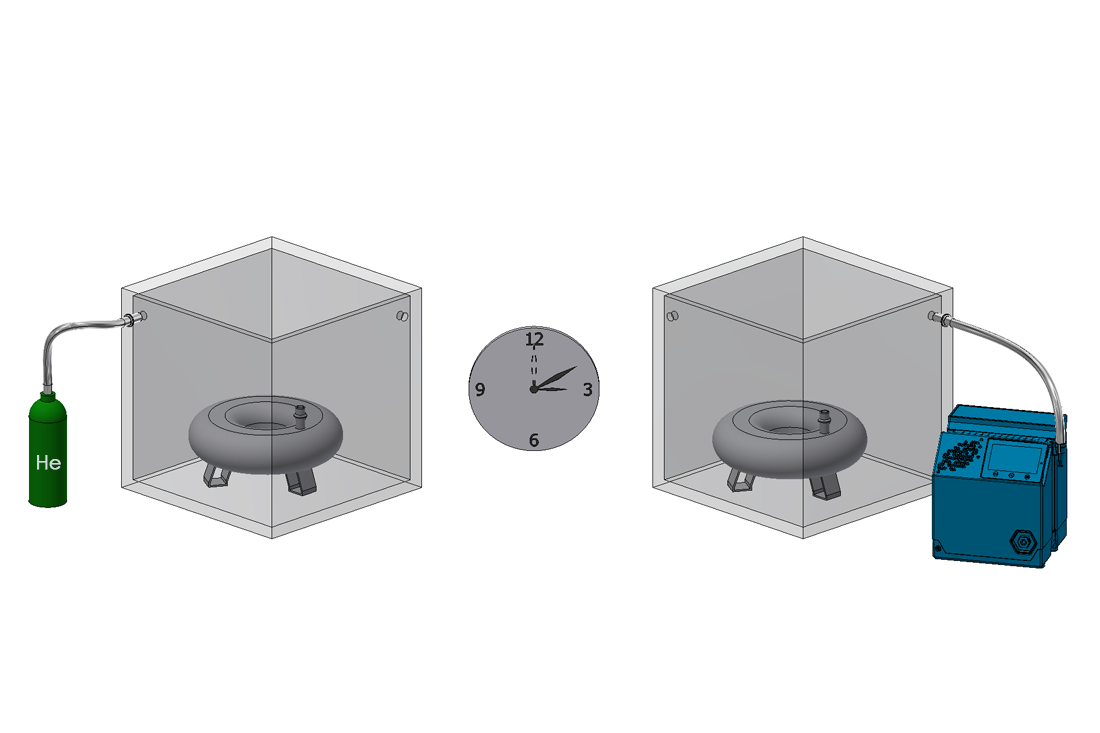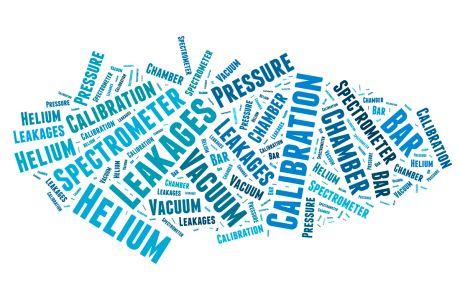DESCRIPTION
This method applies to parts that are supposed to be sealed, as implantable medical devices and bulbs.
The component under test will be first exposed for an extended length of time (e.g. 10 minutes) to a high helium pressure (40-50 bar) in a “bombing” chamber.
If the part is leaky, helium will be able to penetrate the device.
Then the component will be placed in a vacuum chamber. The amount of helium that entered the device will be released in the vacuum chamber and measured by the mass spectrometer.
This method is not able to detect small leaks. Usual leak range to be detected is from 5.0 x 10-2 mbar*L/s to 1.0 x 10-4 mbar*L/s.
Download


